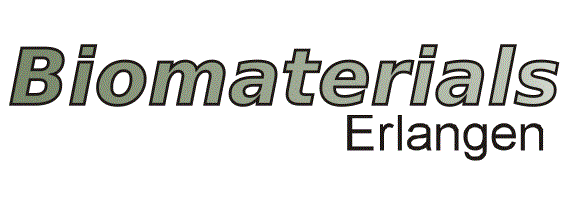Kristin Engel
Kristin Engel
Bachelor Student
Influence of the replacement of silica by boron trioxide on the properties of bioactive glass scaffolds
Betreuer: Katharina Schuhladen, Prof. Dr.-Ing. habil. Aldo Boccaccini
Bioactive glasses (BG) containing boron are considered to improve bone growth and development. Furthermore, it has been shown that boron stimulates wound healing and enhances bone health.
Because of those characteristics, extensive research has been carried out to incorporate boron ions into BGs for the use in bone tissue engineering [1].
This project will focus on the examination and comparison of scaffolds with three different boron concentrations based on the well-known 13-93 composition, which have been recently developed in our Institute in collaboration with Abo Akademie University, Turku, Finland [2]. Morphological, chemical and mechanical characterizations will be performed on the obtained silicate, borosilicate and borate bioactive glass scaffolds.
[1] Balasubramanian P., Büttner T., Miguez Pacheco V., Boccaccini A.R. Boron-containing bioactive glasses in bone and soft tissue engineering. Journal of the European Ceramic Society, 38 (2019) 855-869.
[2] Schuhladen K., Wang X., Hupa L., Boccaccini A.R. Dissolution of borate and borosilicate bioactive glasses and the influence of ion ( Zn , Cu ) doping in different solutions. Journal of Non-Crystalline Solids. 502 (2018) 22-34.

